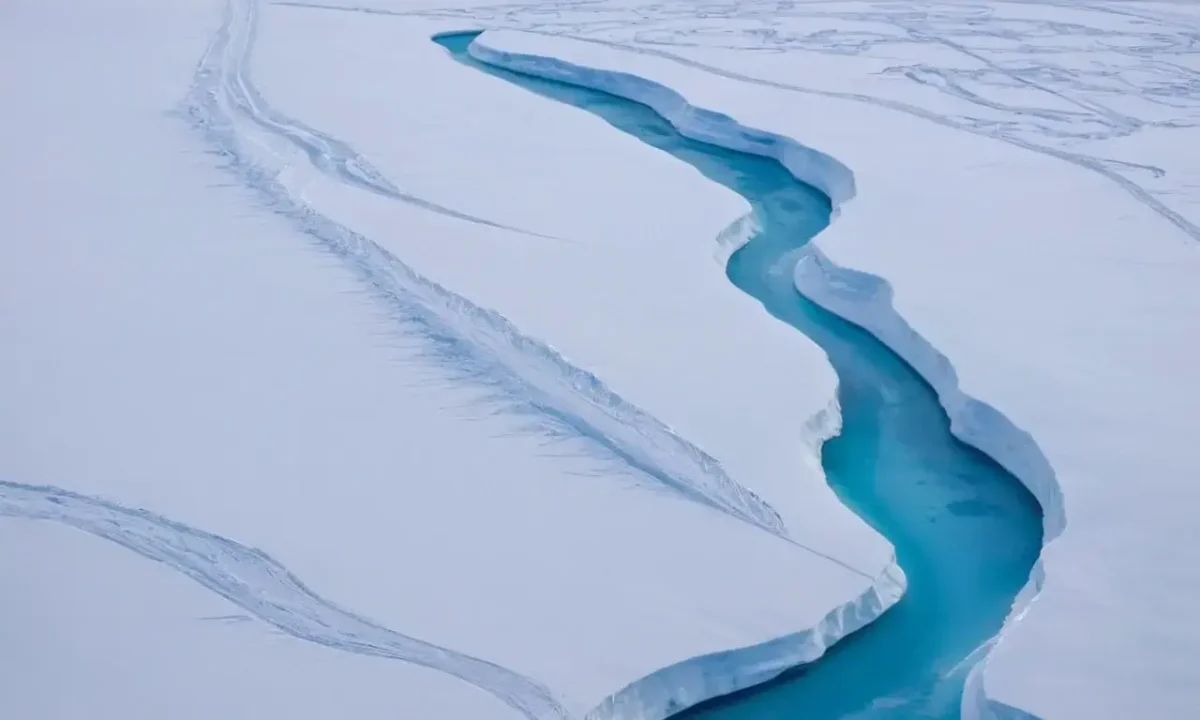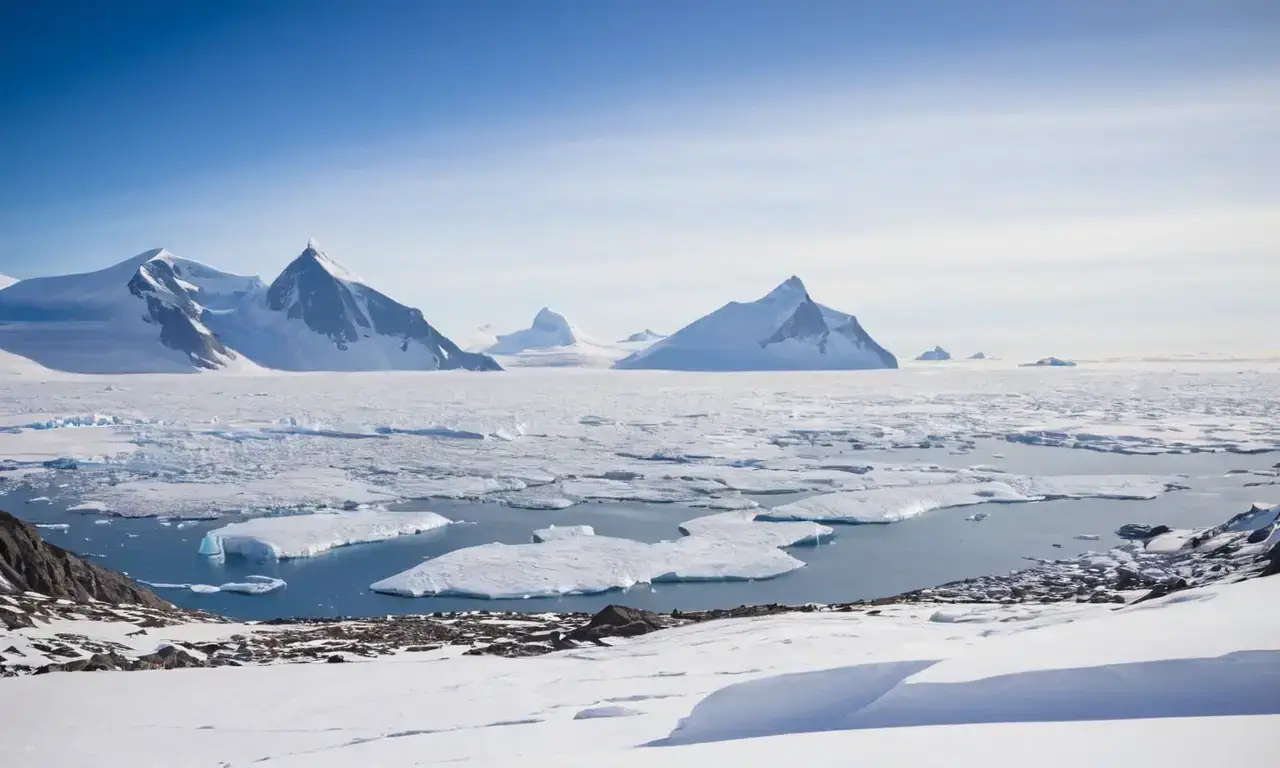
Antarctica's Coldest Place: -136°F Extremes Unveiled

Antarctica, the icy continent at the bottom of the world, is a realm of extremes. Its vastness and harsh conditions have captivated scientists and explorers for centuries. While its overall climate is characterized by frigid temperatures, certain locations within Antarctica stand out as particularly cold. These places are not only geographically isolated but also hold records for the lowest recorded temperatures on Earth. Understanding these extreme environments helps us appreciate the delicate balance of our planet's ecosystems and the challenges faced by those who venture into such unforgiving landscapes.
This article delves into the coldest place on Earth, exploring its location, historical context, scientific methods used to measure temperature, and the implications of these findings for our understanding of climate change. We will also examine the unique challenges posed by extreme cold and highlight the ongoing research efforts aimed at unraveling the mysteries of this icy continent.
Antarctica's Frigid Landscape
Antarctica is a landmass covered in ice sheets that have accumulated over millennia, creating a vast frozen desert. Its average temperature hovers around -57°C (-67°F), making it one of the coldest places on Earth. This frigid climate is primarily due to its location at the South Pole and its proximity to the Southern Ocean. The continent receives very little sunlight during winter months, leading to prolonged periods of darkness and extremely low temperatures.
The landscape itself is a testament to the power of ice and wind. Mountains like Mount Erebus and Vinson Massif pierce through the icy plains, while glaciers carve their way across the continent, shaping its topography. These features not only contribute to the beauty of Antarctica but also play a crucial role in regulating global climate patterns.
The Coldest Place on Earth
Determining the "coldest place on Earth" is a complex endeavor that involves considering both absolute temperature records and average temperatures over long periods. While Vostok Station in Antarctica holds the record for the lowest air temperature ever recorded, -89.2°C (-128.6°F), other locations within the continent have also experienced extreme cold.
The coldest place on Earth is located on the East Antarctic Plateau and has been measured at a staggering -136 degrees Fahrenheit (-93.2 degrees Celsius). This record, achieved in 2010, surpassed the previous record set by Vostok Station in 1983. Researchers used data from satellites to analyze surface temperatures across the plateau during winters between 2004 and 2016, revealing numerous depressions with temperatures around -138 degrees Fahrenheit (-98 degrees Celsius). Notably, these temperatures were recorded without human presence, highlighting the extreme cold of this region.
Vostok Station and its Record
Vostok Station, situated in Antarctica's Eastern Antarctic Plateau, is a renowned research station that has played a pivotal role in understanding climate change. Established in 1957, it serves as a vital hub for scientific exploration and data collection. The station's location within the Antarctic Circle allows researchers to study the continent's unique environment and its impact on global weather patterns.
In 1983, Vostok Station recorded the lowest air temperature ever measured on Earth: -89.2°C (-128.6°F). This record was achieved during a period of intense cold when the station experienced prolonged periods of darkness and low solar radiation. The extreme conditions at Vostok Station highlight the challenges faced by researchers who study these frigid environments.
East Antarctic Plateau's Extreme Cold

The East Antarctic Plateau is another region within Antarctica that experiences exceptionally low temperatures. This plateau, covering a vast area of the continent, is characterized by its high elevation and lack of vegetation. The combination of factors contributes to the extreme cold experienced in this region.
Data analysis conducted between 2004 and 2016 revealed numerous depressions on the East Antarctic Plateau with surface temperatures around -138 degrees Fahrenheit (-98 degrees Celsius). These depressions were identified through satellite imagery, highlighting the unique characteristics of this area. The absence of human presence in these regions further emphasizes the extreme cold experienced by scientists studying them.
Data Analysis and Findings
The research conducted to understand the coldest places on Earth relies heavily on data analysis techniques. Satellite imagery provides valuable information about surface temperatures across vast areas of Antarctica, allowing researchers to identify areas with unusually low temperatures. These images are then analyzed using sophisticated computer models that take into account various factors like atmospheric pressure, wind patterns, and solar radiation.
The combination of satellite data and ground-based measurements has been instrumental in understanding the dynamics of temperature fluctuations in Antarctica. By analyzing long-term trends in temperature records, researchers can gain insights into how climate change is impacting these extreme environments. This information helps scientists predict future changes in weather patterns and their potential consequences for ecosystems and human societies.
Depressions with Sub-Zero Temperatures
One of the most intriguing findings from the data analysis was the discovery of numerous depressions on the East Antarctic Plateau that experience sub-zero temperatures. These depressions are areas where the ground is relatively flat, allowing cold air to accumulate and create a localized area of extreme cold. The presence of these depressions highlights the complex interplay between topography, atmospheric conditions, and temperature fluctuations in Antarctica.
The research team used advanced computer models to simulate the flow of air over the plateau, incorporating factors like wind patterns and elevation changes. These simulations helped them understand how these factors contribute to the formation of these depressions and their impact on local temperatures. The findings not only provide valuable insights into the physical processes at play in Antarctica but also offer a unique perspective on climate change research.
Human Presence and Temperature Impact
Human presence can significantly influence temperature readings, particularly when it comes to ground-based measurements. This is because human activities like construction or transportation can alter the local environment and affect air circulation patterns. Therefore, researchers often rely on remote sensing techniques like satellite imagery to collect data without human interference.
However, even in remote areas of Antarctica, there are instances where human presence might have a noticeable impact on temperature readings. For example, research stations require heating systems to maintain comfortable living conditions for scientists and support staff. These systems can release heat into the surrounding environment, potentially influencing local temperatures.
Scientific Significance of the Discovery
The discovery of these sub-zero depressions in Antarctica has significant implications for our understanding of climate change. By studying these extreme environments, researchers gain valuable insights into how ice sheets form and melt, how atmospheric circulation patterns work, and how ecosystems adapt to changing conditions. This knowledge is crucial for developing strategies to mitigate climate change and ensure the long-term sustainability of our planet.
Furthermore, the research conducted in Antarctica has led to advancements in various fields, including meteorology, glaciology, and oceanography. The data collected from these expeditions helps scientists develop more accurate weather models and improve their understanding of how oceans interact with the atmosphere. This knowledge is essential for predicting future climate change scenarios and developing effective mitigation strategies.
Conclusion
Antarctica's frigid landscape holds a unique place in our understanding of Earth's climate system. The discovery of the coldest place on Earth has not only provided valuable insights into the continent's extreme environment but also highlighted the importance of studying these regions for future generations. As we continue to explore and understand this icy continent, we can expect even more groundbreaking discoveries that will shape our understanding of the planet and its future.
Leave a Reply





Related Links